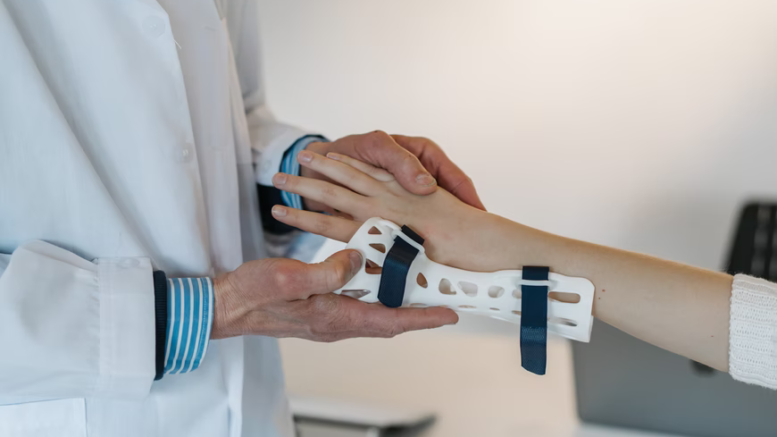At some point, you may be required to wear a splint. A splint is a device that immobilizes and supports an injured or immobilized joint or limb. Splints are often used after surgery on the hand, wrist, ankle, foot, and leg to help prevent stiffness and decrease pain. They can also be used for other injuries such as broken arms or fingers. This blog post will discuss the essential things you need to know about splints.
Types of Splints
Splints come in many shapes and sizes. They can be made of plastic, metal, or foam materials. If you’re looking for the best sugar tong splints from SAMMedical.com, you’ll learn that sugar tong splints are made from lightweight plastic materials and are used to stabilize fractures or sprains. They’re easy to use and molded to fit any body part.
Some other common types of splints are:
- Bivalve Splint: This type of splint is usually made from plastic or metal and has two hinged pieces that open and close. It’s used to immobilize a joint in the correct position.
- Casting Tape: Casting tape is a type of adhesive tape used to secure a splint in place. It comes in different colors, so you can easily see if it’s still on the skin.
- Foam Splint: Foam splints are made from lightweight foam materials and can be cut to fit any body part. They’re often used to stabilize fractures or sprains.
- Molded Splint: Molded splints are made from plaster or fiberglass materials and are used to support and immobilize a specific body part.
When should you use a splint?
While some people may only need a splint for a short time, others may need to wear one for an extended period. There are many reasons why you might need to use a splint. Some common reasons include:
- Broken bone or fracture
- Dislocation
- Tendonitis or bursitis
- Arthritis
- Muscle spasms
If you are experiencing these conditions, it is essential to consult with your doctor to see if a splint would be the best course of treatment for you.
What are the benefits of wearing a splint?
Wearing a splint can help improve the alignment of your fingers, which is vital in maintaining strength and function. Wearing a splint will also decrease pain by taking pressure off of injured or inflamed joints.
Wearing a glove-like brace on an injury may also cause you to feel more confident when participating in hand-intensive activities like lifting weights at the gym or using tools around the house. Splints are typically worn following injuries with the swelling present, for example, after surgery or tendonitis. The best way to determine if it’s necessary is to see your doctor, who can provide you with further instructions about wearing one.
Tips for caring for your splint after it’s been used

Once your splint has been removed, it is essential to care for it properly. Here are a few tips:
- Wash your hands before and after touching the splint.
- Do not submerge the splint in water.
- Gently clean the splint with a damp cloth.
- Let the splint air dry completely before putting it back into its case.
- Store the splint in a cool, dry place.
- Do not store the splint near a heating vent, stove, or open flame.
- Make sure that any metal components of your splint are dry before putting it back into its case.
Splints are a great way to protect an injured area and promote healing. They come in various shapes and sizes, so finding the right one for your injury is crucial. Ensure that you adhere to your doctor’s instructions on using your splint for the best results.
